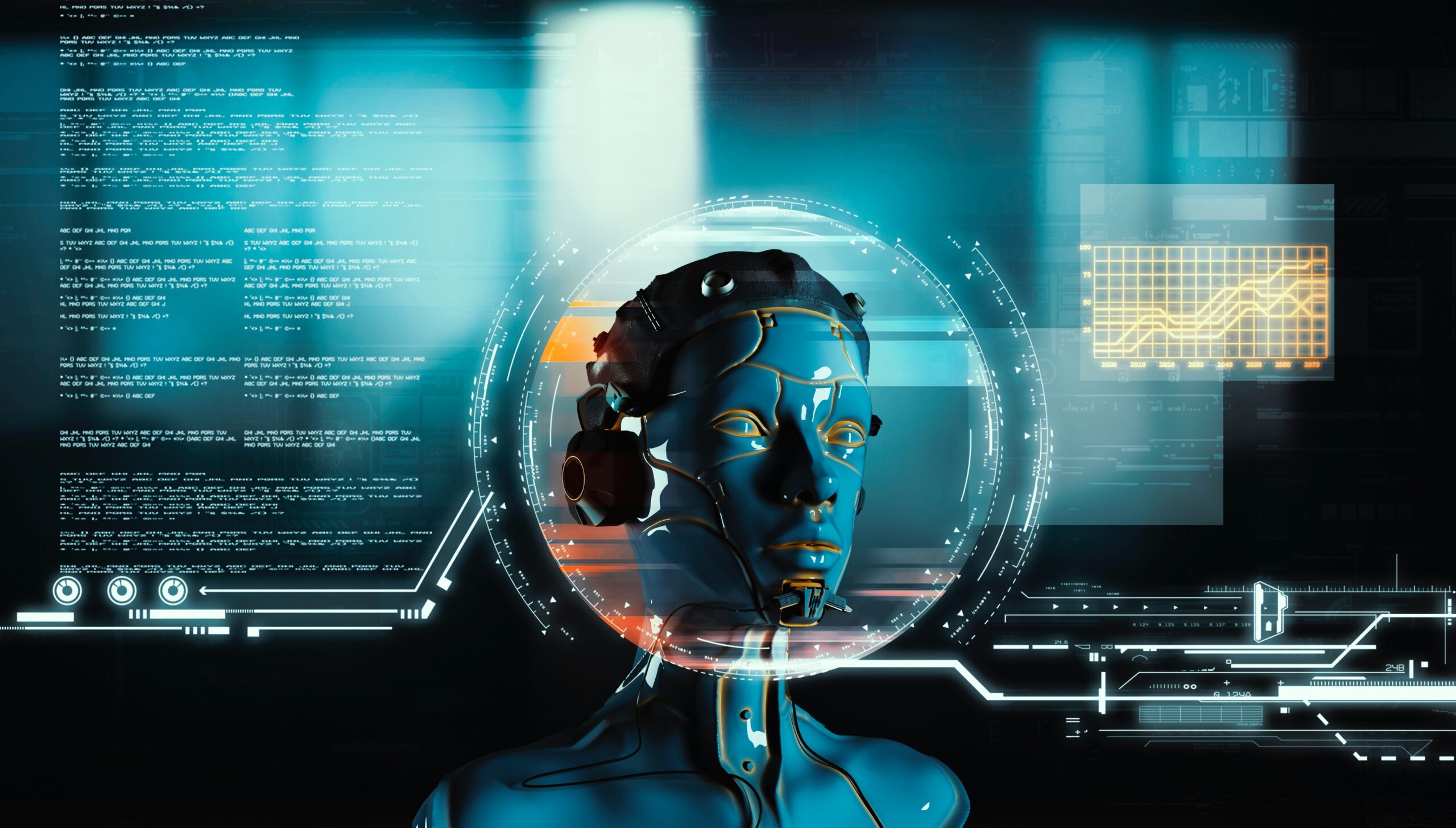


#AI #artificial intelligence #machine learning
Doug Fogelson
Artificial Intelligence (AI) is a hot topic these days. It feels as though AI just arrived and flooded the market with many things like Chat GPT and everyone now talking about “machine learning”. However, this technology has been in the process of being refined and applied for well over 40 years. We have noted how algorithms customize social media feeds, how things (or people) we haven’t clicked “like” on seem to disappear, this too is part of an AI based application.
This technology uses a lot of energy to perform comprehensive computations, processing millions of images or large amounts of data via linked computers or stored “in the cloud”. Powering the energy consumed by AI (and everything else) can be transitioned to renewable sources to reduce harmful emissions. Perhaps even more “radical” solutions such as SMR’s could be utilized at large data centers rather than pulling from existing fossil fuel based plants.
Using technology–not just to sell more products or choose which movies the Netflix algorithm shows you–but rather in analyzing patterns and making predictions that ultimately help humans make decisions to fight disaster is perhaps the best use of AI. In streamlining agricultural practices for efficiency, forecasting weather patterns (and predicting wildfires), or driving your “self-driving” car, AI can process thousands of variables at high speed.
It is important to note that AI is a tool created by humans (just as the climate crisis has been created by humans) and the machines are not “taking over” the planet or even aspects of our daily lives as fast as the climate crisis is. If AI can assist us to reduce carbon, improve manufacturing and transportation, analyze complex climate systems or satellite info, etc. then it stands to reason to utilize it for the most vital things first.
Artificial Intelligence can be used to predict deforestation.